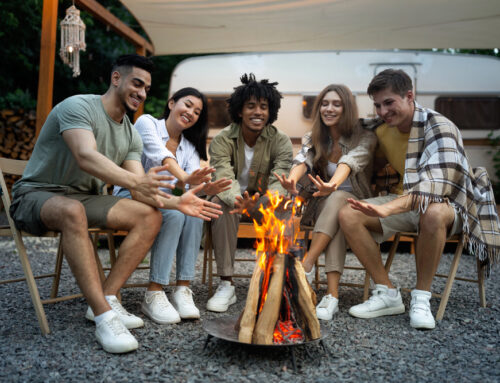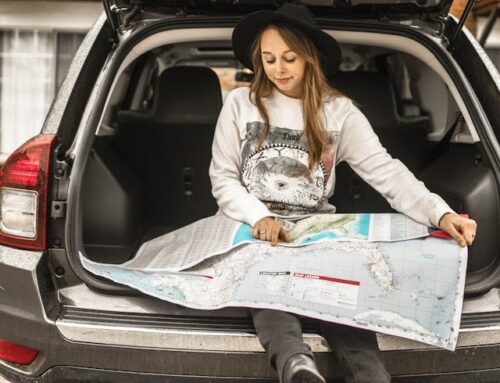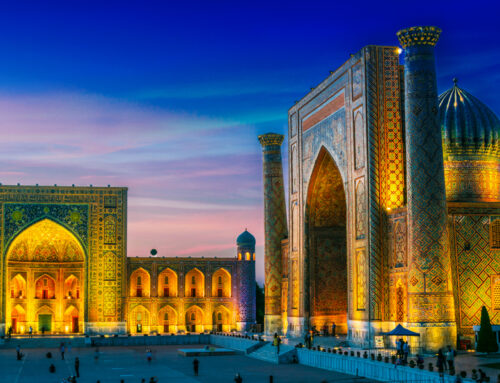Easy Tips For Taking Awesome Travel Photos
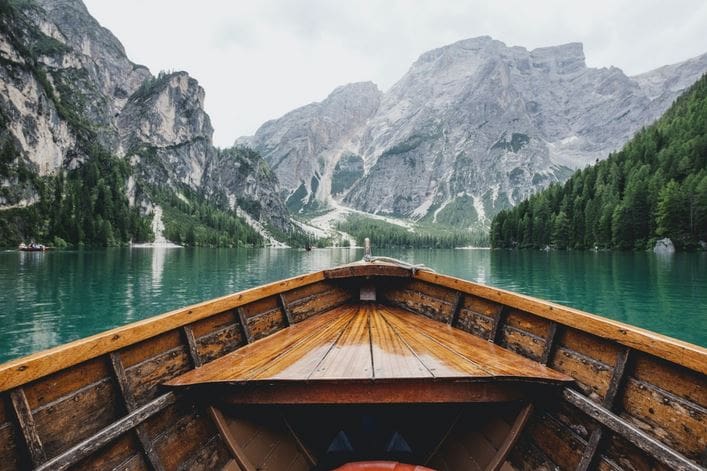
6 Easy Tips for Taking Awesome Travel Shots That You’ll Love to Share

Who doesn’t love travelling? You get to know new cultures, meet new people, try national food and just overall have a good time. And take tons of pictures of course. These pictures will be the main reminder of your amazing adventure, so that means that they have to be really good. Good as in no photobomber, slanted horizons, poor compositions and such. Don’t think you can pull that off? Even if you’ve never taken a single photography class in your life, you still can end up with awesome travel pics. You just need to follow a few simple guidelines. Let’s have a look at those.
Pick the Right Time to Shoot
If you don’t want other tourists to be in the frame of your pictures, make sure to hit those landmarks early. Sure, that would require getting up in the wee hours, but the golden morning light and very few people at your destination will be worth the trouble. If you are not a morning person, there is an alternative for you. Instead of being at the spit earlier than anyone else, opt to be there later. You’ll have the advantage of being nearly alone at the destination. Besides, shooting during the Blue hour will give your images a serene feel.
Incorporate People Into Your Pics
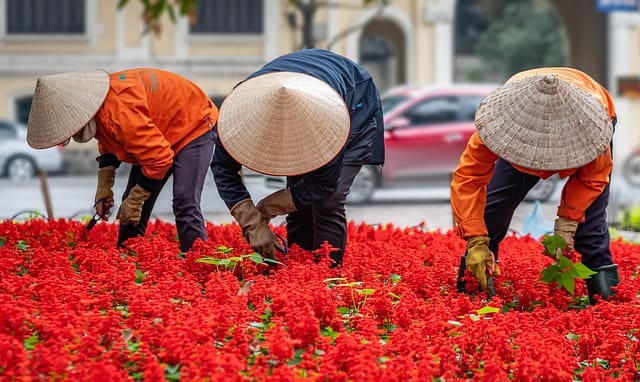
If there is no way to avoid people getting in your frame, consider using them to your advantage. A huge crowd of street vendors will perfectly convey the feel of a busy street. A person on a beach next to a glacier will demonstrate the real scale of this chunk of ice. So don’t be afraid of people getting into the frame, but rather turn them into subjects in their own right.
Know the Importance of Composition
The composition could make or break a photo. So before you snap your first image, sit down and study the rules of a good composition. Luckily, most modern cameras and phones have grid lines of different composition overlays that you can turn on. You can go with the Rule of Thirds, the Golden Ratio or the Golden Spiral. This way you can make sure all your subjects are in the right position and your shot looks professional.
Look for Contrasting Colors
Colors that are opposite each other on the color wheel make for an incredible sight. So once on location, scout for scenes that would have contrasting or just colors in abundance. Bright sunflowers against a clear sky, a ladybug on a juicy leaf, you name it. Bright colors against muted background also work really fine.
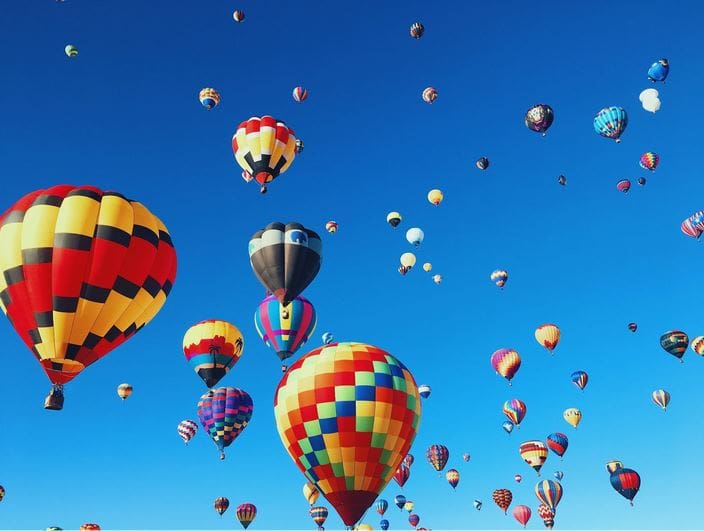
Try Unusual Angles
Don’t want to end up with a picture that everyone else has already taken? Then take a different approach. Opt to close-up shots of monuments instead of wide panoramas. Don’t shoot landmarks straight, but rather try pointing your camera upwards to get an uncommon angle. Submerge your camera halfway in water to take a surreal split shot. You get the idea – try something different to get amazing images.
Get Yourself a Tripod
Even if you are not a National Geographic photographer, you can really benefit from having a tripod. First off, this little piece of equipment will help you make sure you don’t end up with a slanted horizon in your pics. Secondly, if you are hoping to snap a picture of a rare event – a humpback whale jumping out of the water or a geyser shooting skywards – you can leave your camera mounted on the tripod so that your hands don’t go numb.
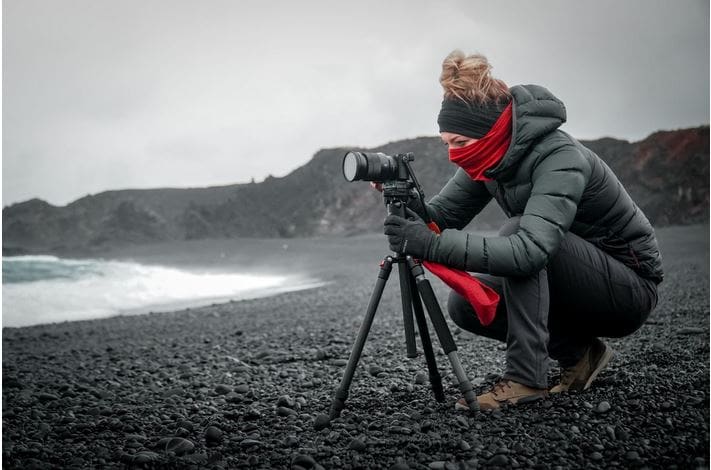
So these are the tricks that can help you get wonderful travel images. But since life operates on Murphy’s law, your photos might not turn out the way you wanted them, despite all your efforts. In this case, post-production is the remedy. By editing your pictures, you can fix any flaws that made their way into your pictures.
If you need a robust editor for your travel photos that wouldn’t cost a fortune and be a nightmare to master, consider PhotoWorks. This AI-powered software offers both automatic and manual editing tools. With it, you can perfect your images in a click or a few slider drags – boost colors, improve composition, delete odd objects and random people, stylize your shots with filters, HDR effects, and 3D LUTs, and so much more. So if your travel images turned out less than perfect, keep your chin up – you can fix them all with ease.

